| Plant Habit: | Cactus/Succulent |
| Life cycle: | Perennial |
| Sun Requirements: | Full Sun to Partial Shade |
| Water Preferences: | Mesic Dry Mesic |
| Plant Spread: | Up to 12-15 inches |
| Fruit: | Showy Edible to birds |
| Flower Color: | White Yellow |
| Bloom Size: | Under 1" |
| Flower Time: | Year Round |
| Suitable Locations: | Xeriscapic |
| Edible Parts: | Fruit |
| Eating Methods: | Raw |
| Resistances: | Drought tolerant |
| Propagation: Other methods: | Offsets |
| Containers: | Suitable in 3 gallon or larger Needs excellent drainage in pots |
| Miscellaneous: | With thorns/spines/prickles/teeth |
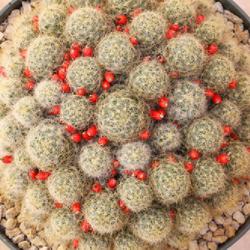





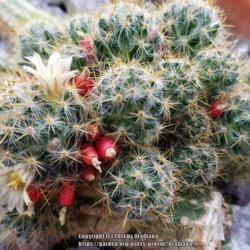
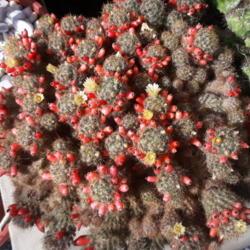
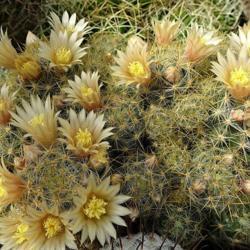

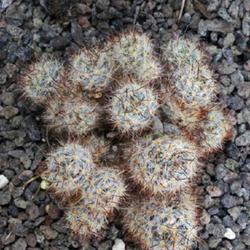

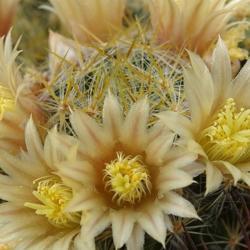

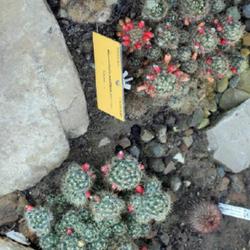

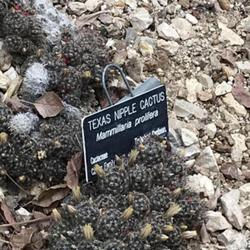
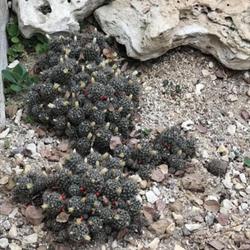

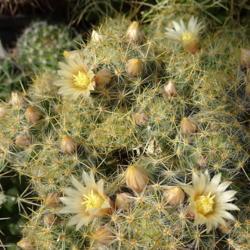
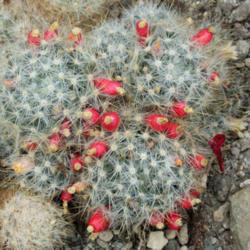







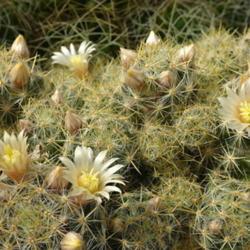
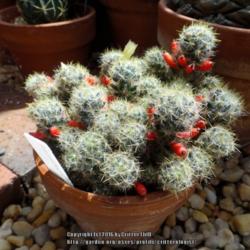

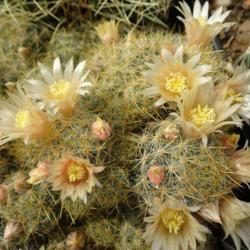



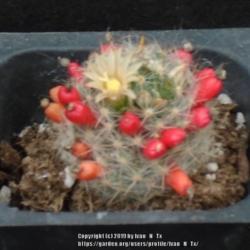
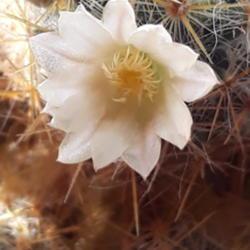
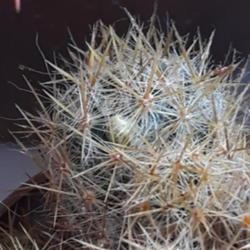


« Add a new plant to the database
» Search the Mammillarias Database: by characteristics or by cultivar name
« See the general plant entry for Mammillarias (Mammillaria)